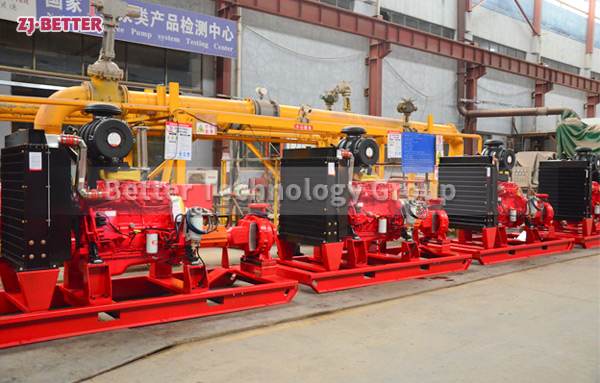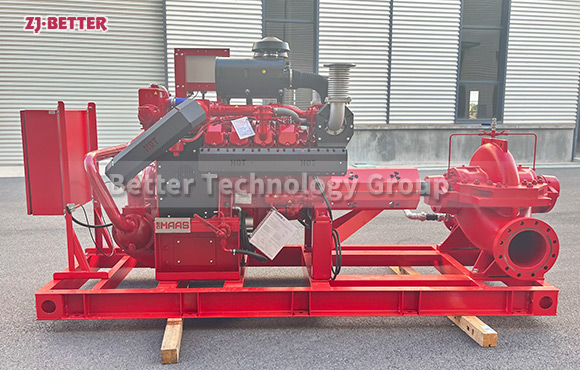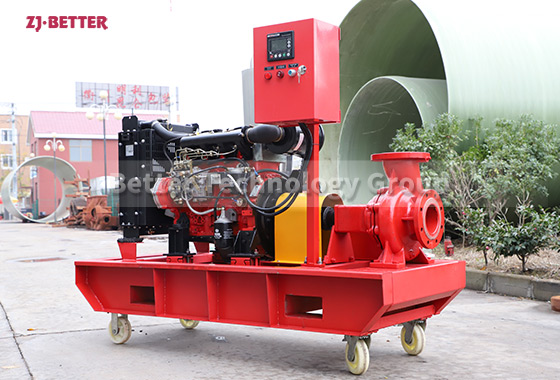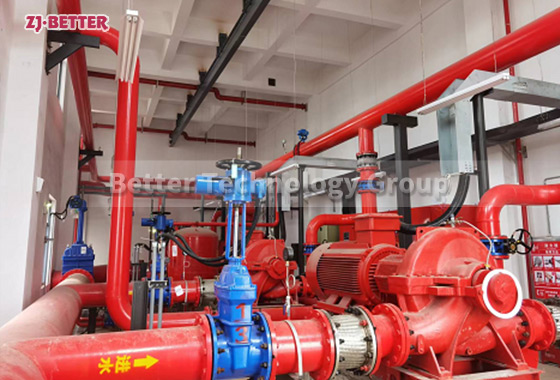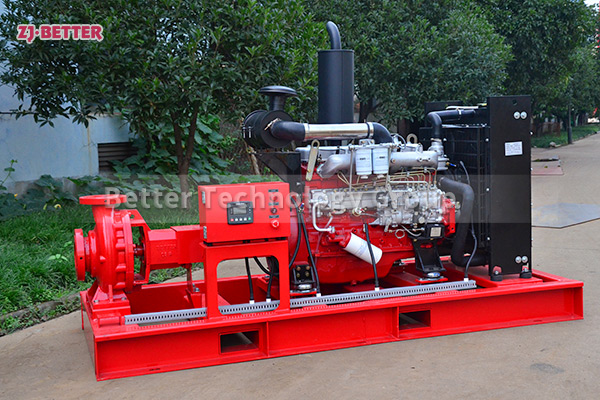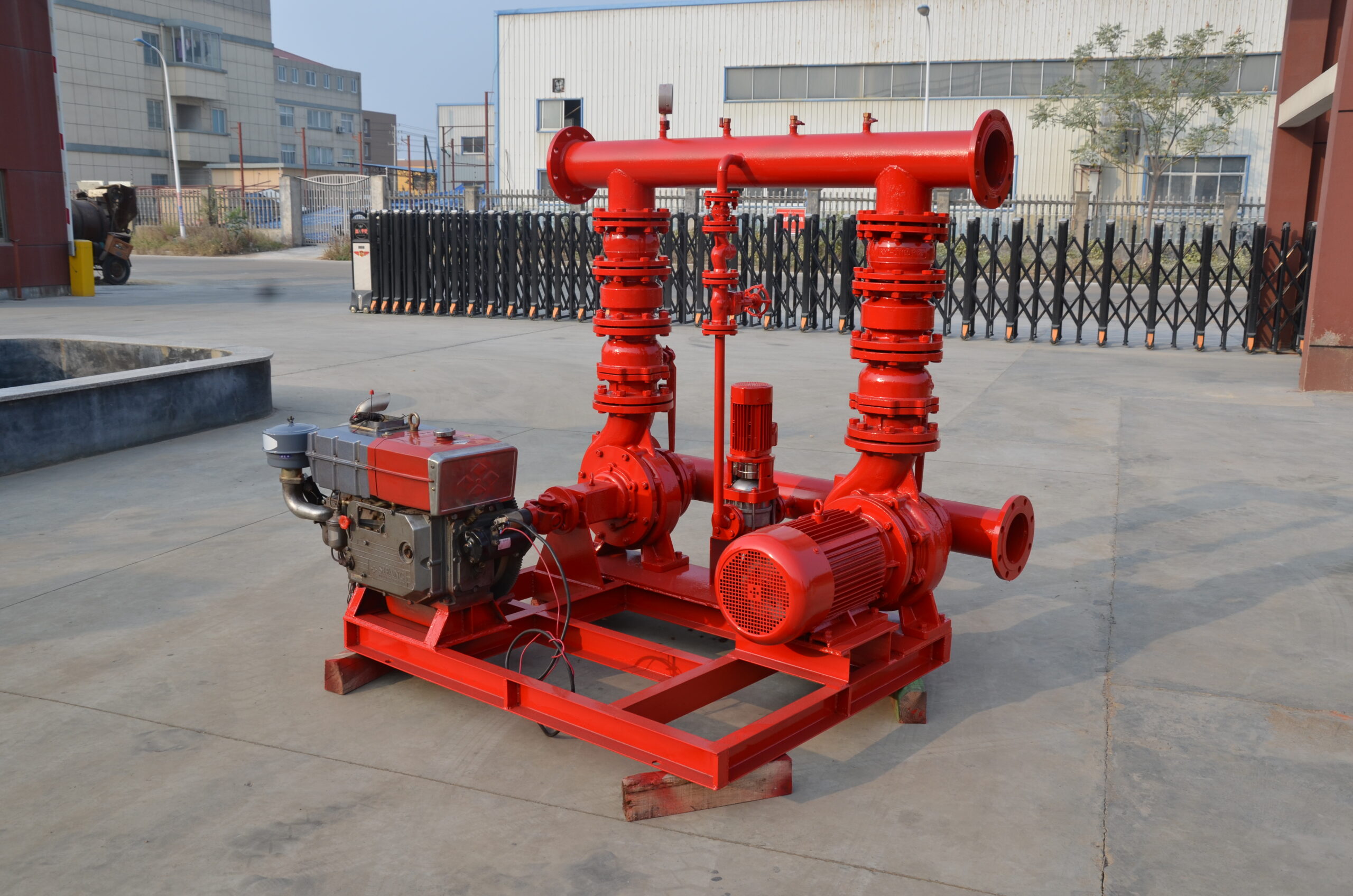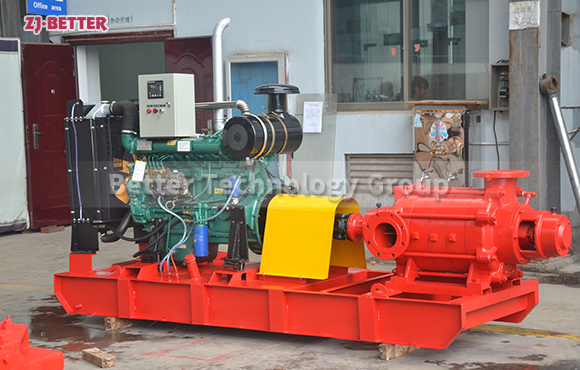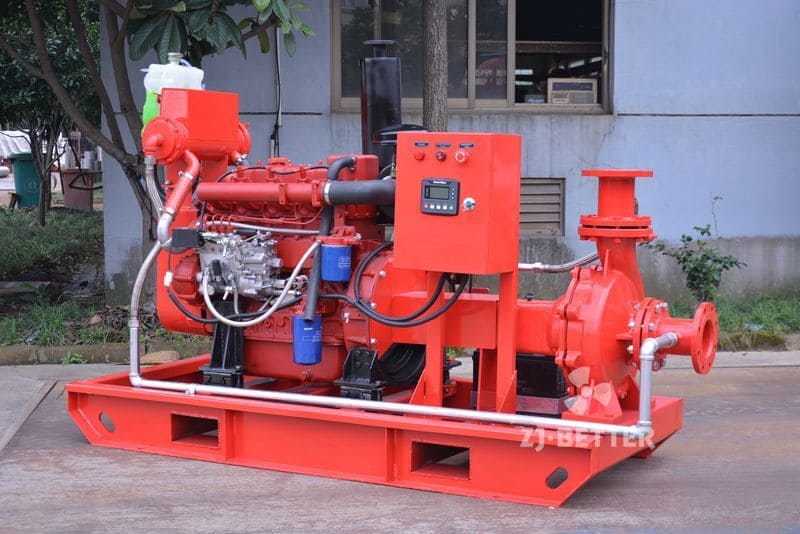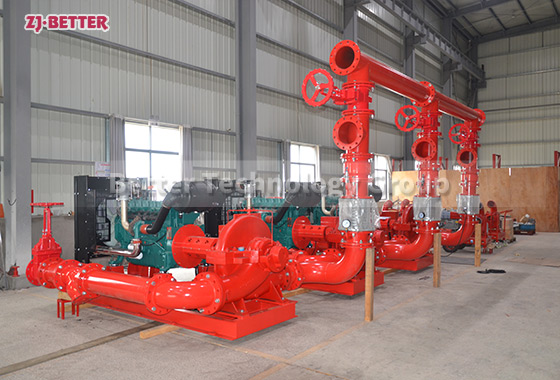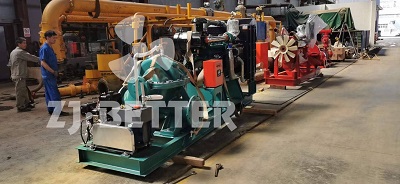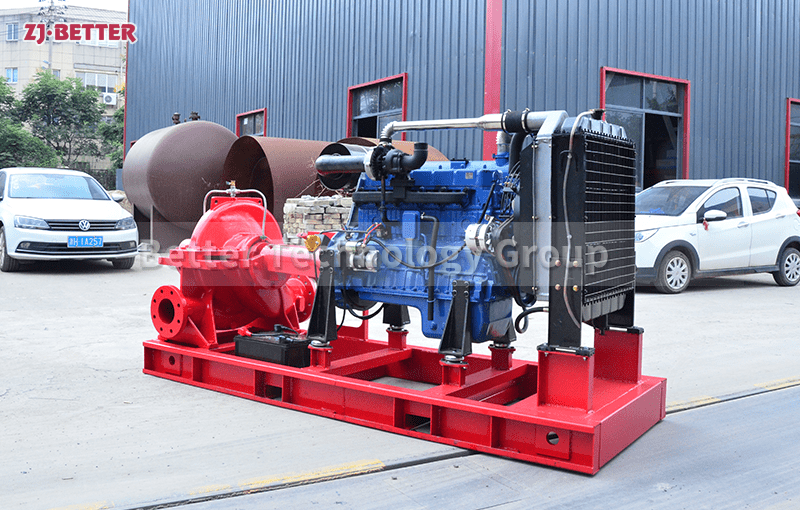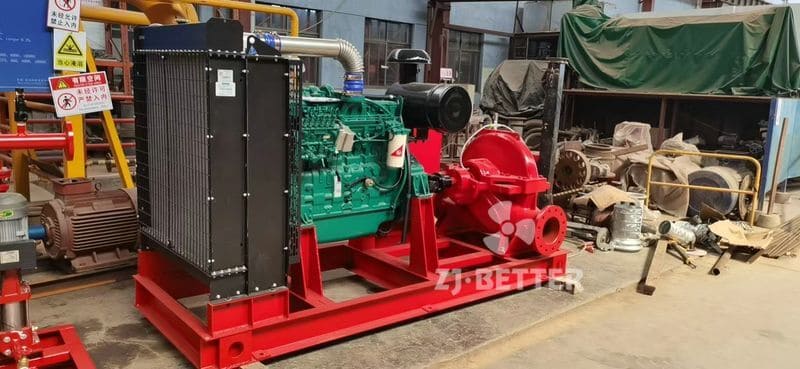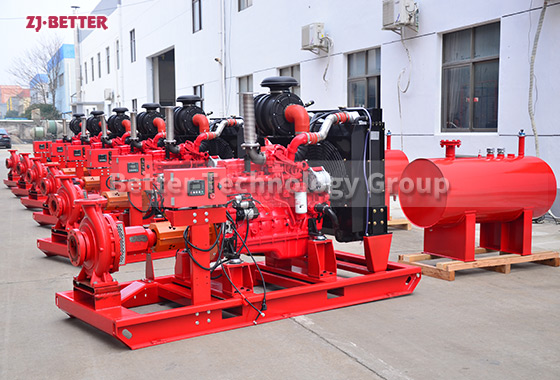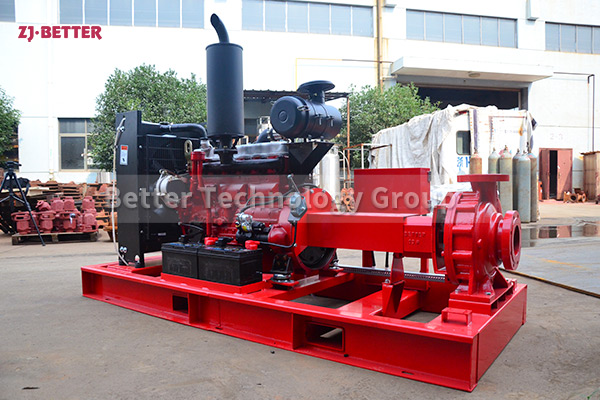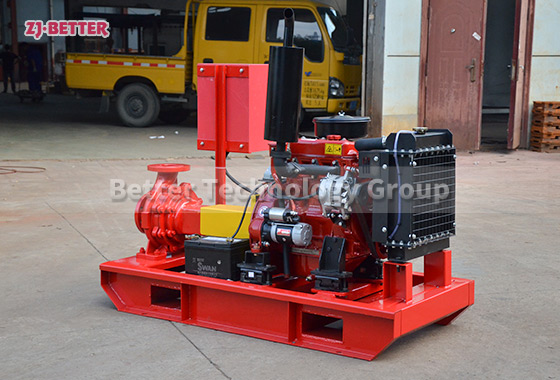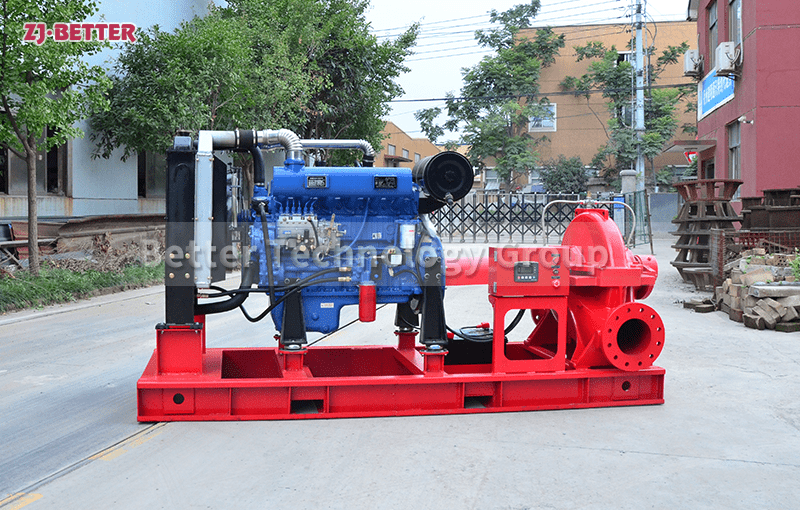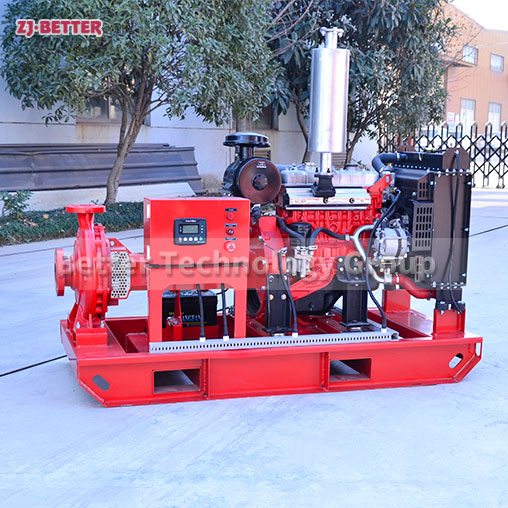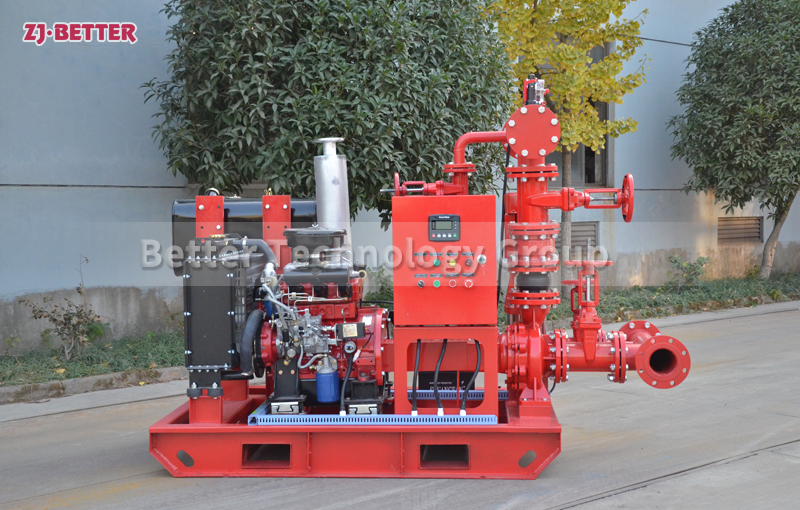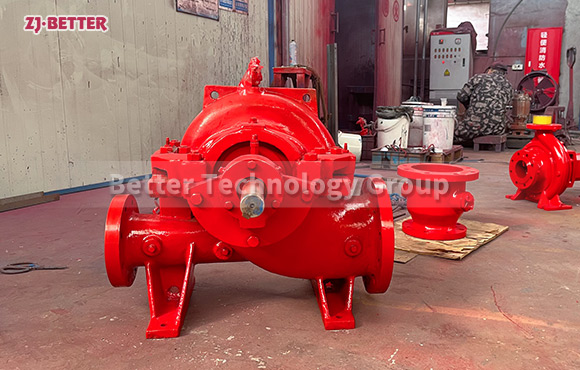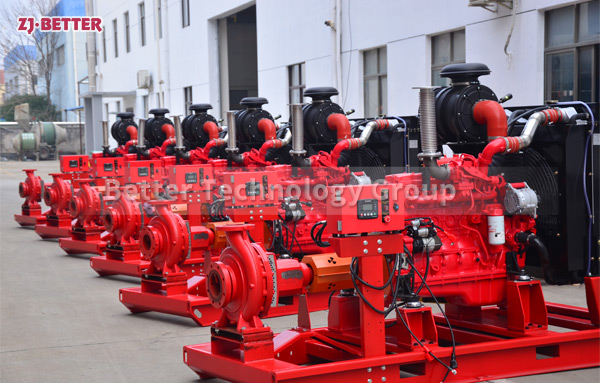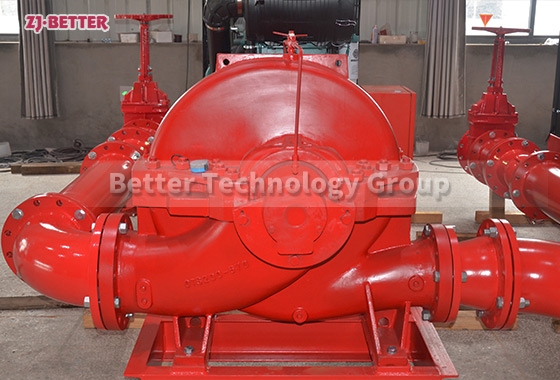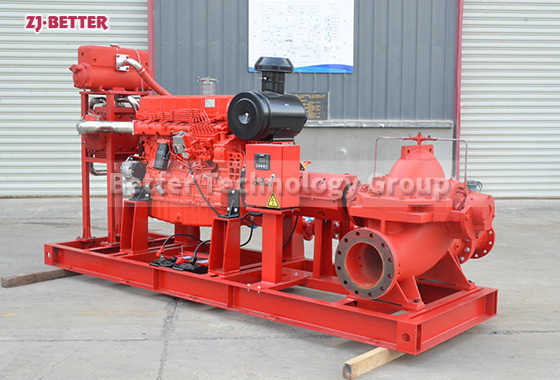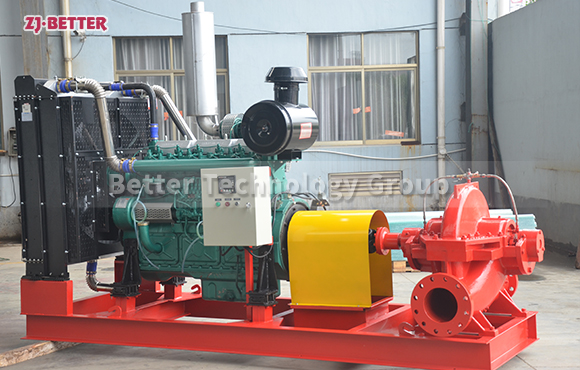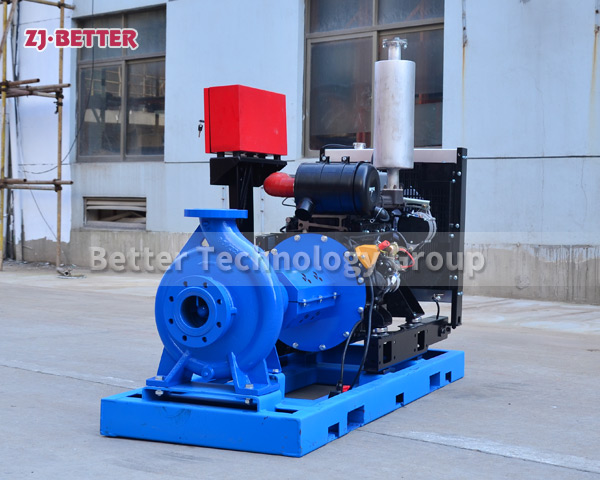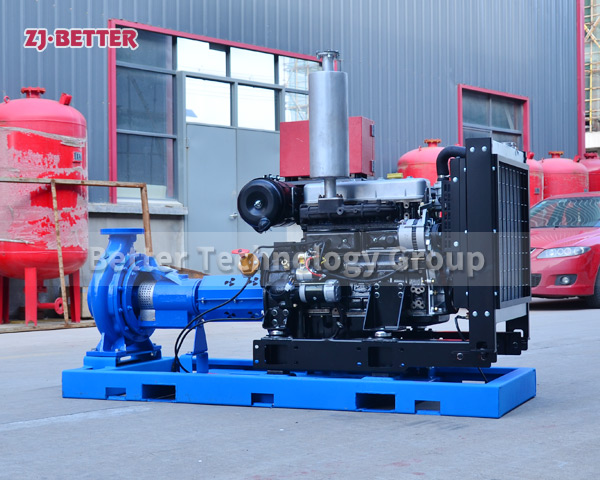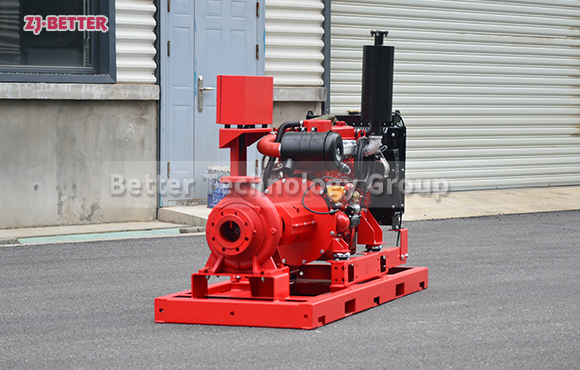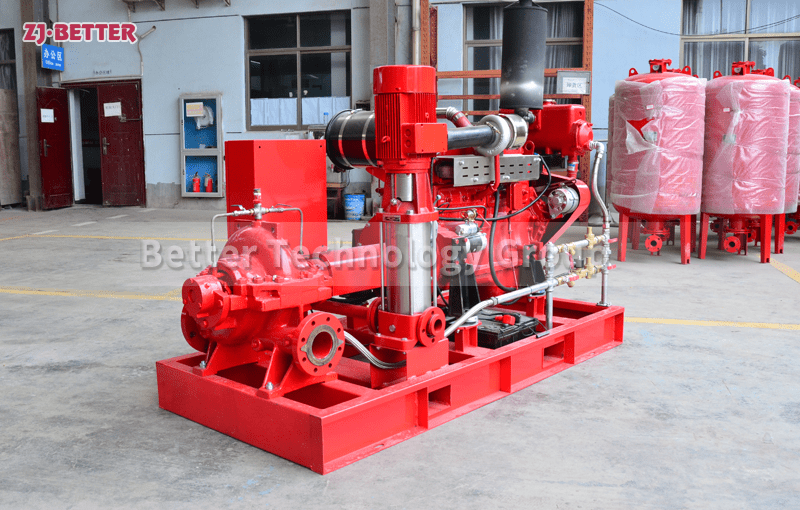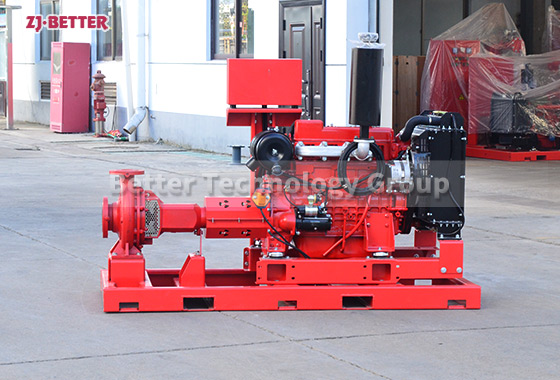Diesel engine fire pump set is highly efficient and energy-saving
The operation of the diesel engine fire pump set is stable, efficient and energy-saving. The full name of the full-automatic diesel engine pump set is the emergency diesel engine water pump set, which can be selected according to the specific requirements of the head, flow rate and conveying liquid of the place of use. The flow range of the conveying liquid is 10-870L/s, the pressure range is 0.15-6MPa, and the speed range of the diesel engine is 1500-2900rpm.
Diesel pump sets are often used in emergency water supply for high-rise buildings, water companies, steel plants, wineries, chemical plants, hotels, hospitals, and other large-scale projects. The diesel emergency water supply pump set is suitable for unattended emergency water supply systems. The product has the characteristics of high automation, superior performance, complete protection functions, reasonable structure, simple installation, and high cost performance. net pressure.

